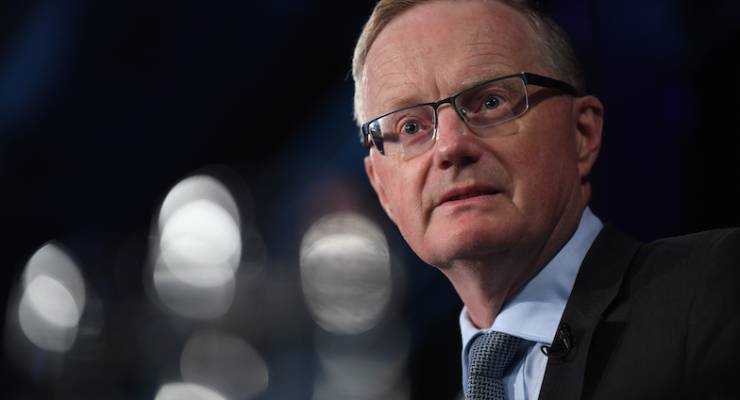
With Reserve Bank (RBA) governor Philip Lowe saying it is “plausible” that interest rates could rise later this year under the right circumstances, it suggests a scenario in which Australian workers could face falling real wages and rising interest rates on their mortgages.
Just ask New Zealand workers.
Yesterday Statistics NZ revealed the Kiwi unemployment rate had fallen to 3.2% — the lowest since comparable records started in 1986. But New Zealand’s labour cost index (LCI), similar to the wage price index (WPI) in Australia, only rose at an annualised rate of 2.6% in the quarter, up from 2.4% in the September quarter (2.4% is our current WPI rate).
Last week’s NZ inflation data showed a 5.9% rise in the year to December, so New Zealand workers had a 3.5% real wage cut, on average.
That may be because NZ’s underutilisation rate, which is a broader measure of unemployment and underemployment, remained unchanged from the previous quarter at 9.2%. Average hourly earnings rose an annualised 4.1% for the private sector, while public sector hourly earnings saw a smaller 3.1% increase from the December 2020 quarter. As in Australia, the NZ public sector has wage caps to keep down public sector wage growth.
So, New Zealand workers have real wage cuts while the Reserve Bank of New Zealand has lifted interest rates twice since October.
At the National Press Club yesterday, Lowe forecast Australian unemployment would fall to 3.75% by the end of 2022. Then, in a Q&A session, he suggested an interest rate rise this year was “plausible”: “It will depend upon how strongly the supply issues are resolved and the strength of the pick up in labour costs. If things go well and the economy performs stronger, there is clearly a scenario where we’d increase rates later this year,” he said.
Neoliberals, inflation hawks and monetary policy purists like the crowd at The Australian Financial Review were over the moon.
Lowe — reflecting the RBA’s February statement of monetary policy, which will come out tomorrow — forecast that wage rises would reach 3% in 2023. That is the kind of level he has previously said would justify tightening monetary policy. But he acknowledged — yet again — that so far “wages growth has picked up as well, but it has only just returned to the rates prevailing prior to the pandemic.”
The New Zealand experience suggests that doing more than that could be trickier than even the RBA thinks — and we haven’t even seen the impacts of reopening our borders to hundreds of thousands of low-paid workers.
Which way wages?
The bank has a long history of issuing overly optimistic forecasts on wages growth. Unlike Treasury or successive Coalition governments, at least it has readily acknowledged this a number of times. That doesn’t mean the Reserve Bank won’t overestimate wages again.
And it could be that persistently stronger inflation will see the RBA painting itself into a corner: forced to lift rates with wages growth well short of the 3% target.
The US has a similar problem: consumer inflation was 7% in the year to December, the highest in 40 years. But US wages growth — which has been stronger than Australian wages growth for a couple of years — is slowing, back to around 4.4% in December. New US wages data will be issued on Friday but the Federal Reserve is already committed to rate rises in coming months.
Lowe and the RBA may end up being known for leaving Australian workers high and dry, with millions of people falling even further behind as inflation ravages their incomes, while rising interest rates drive their mortgage costs up.
At least the neoliberals will be happy, though.









Would hope that Albo will increase the rate of the percentage rises of public servants’ wages, which was frozen by Abbott I think in 2013. Wage stagnation seemed to begin when this happened so must be a help to restart wage rises surely.